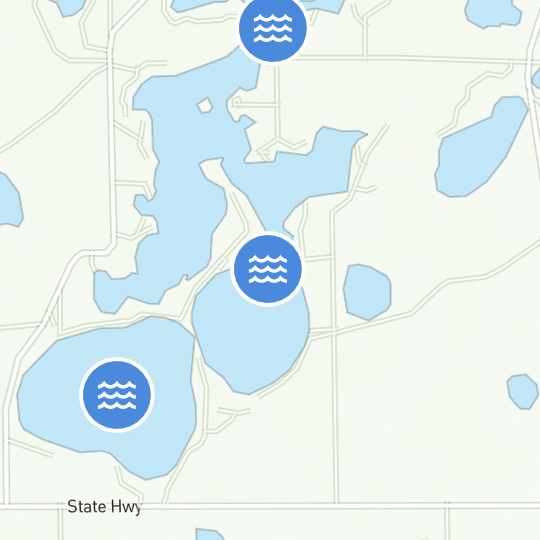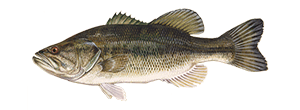Ice Fishing Tightlining
Tightlining, also known as line watching, is an ice fishing technique where you watch the line for movement. Learn how an when to use this technique, advantages, disadvantages and more information.
Some ice anglers were introduced to ice fishing with tightlining, a technique in which the angler drops the lure into the water and then watches the line for any movement. When the line becomes "tight," it signals that something is on the hook.
Choosing the Right Lure for Tightlining
The key to successful tightlining fishing—and the part that makes it more challenging than it seems—is selecting a lure with the right weight. The lure should be heavy enough to allow the line to drop straight down to the desired depth, but not so heavy that it causes a tight line tackle issue. If the lure is too heavy, the line may become too taut to notice subtle movements when a fish strikes. Unfortunately, there’s no foolproof formula, so trial and error are often necessary to find the right lure for your setup.
Using a Spring Bobber for Strike Detection
Some anglers add a spring bobber to their line to help with strike detection. A spring bobber is a small piece of metal or wire that extends off the tip of the rod. Any movement in the line will cause the spring bobber to move, alerting the angler to a potential bite.
Next Steps
Learn about other ice fishing techniquesice fishing techniques in our next section to further enhance your ice fishing experience.
KEEP LEARNING

How to Tie the Non-Slip Loop Knot
The non-slip loop knot is a popular and reliable choice for securing hooks, lures, and other tackle to your fishing line.
LEARN MORE

Socials
Take me fishing social media links
LEARN MORE

TakeMeFishing x Teen Vogue
Join us on a creative journey as fashion designer Ahmrii Johnson walks us through her collaborative vision and process with Teen Vogue and fashion brand, Rentrayage, to create a special piece.
LEARN MORE


.png?lang=en-US&ext=.png)